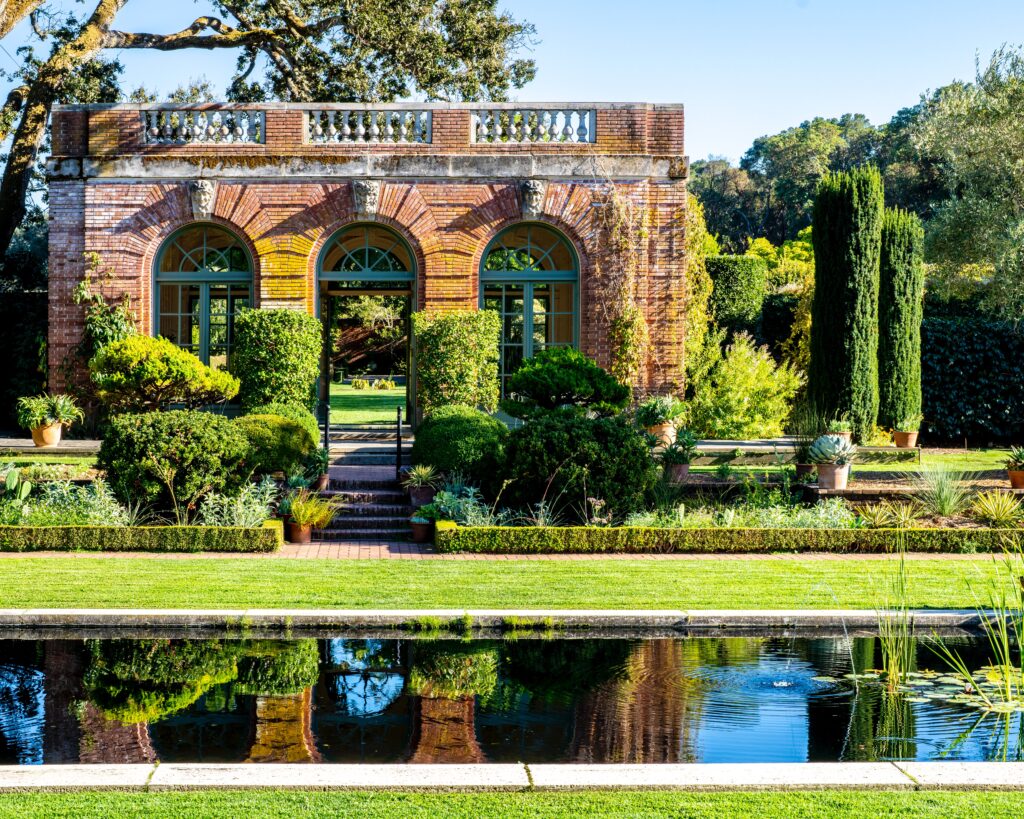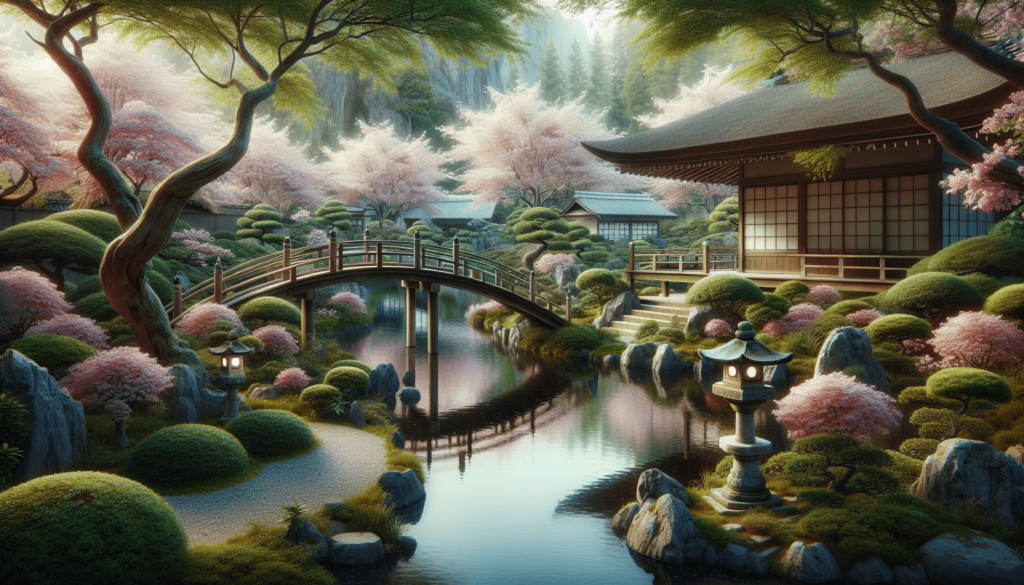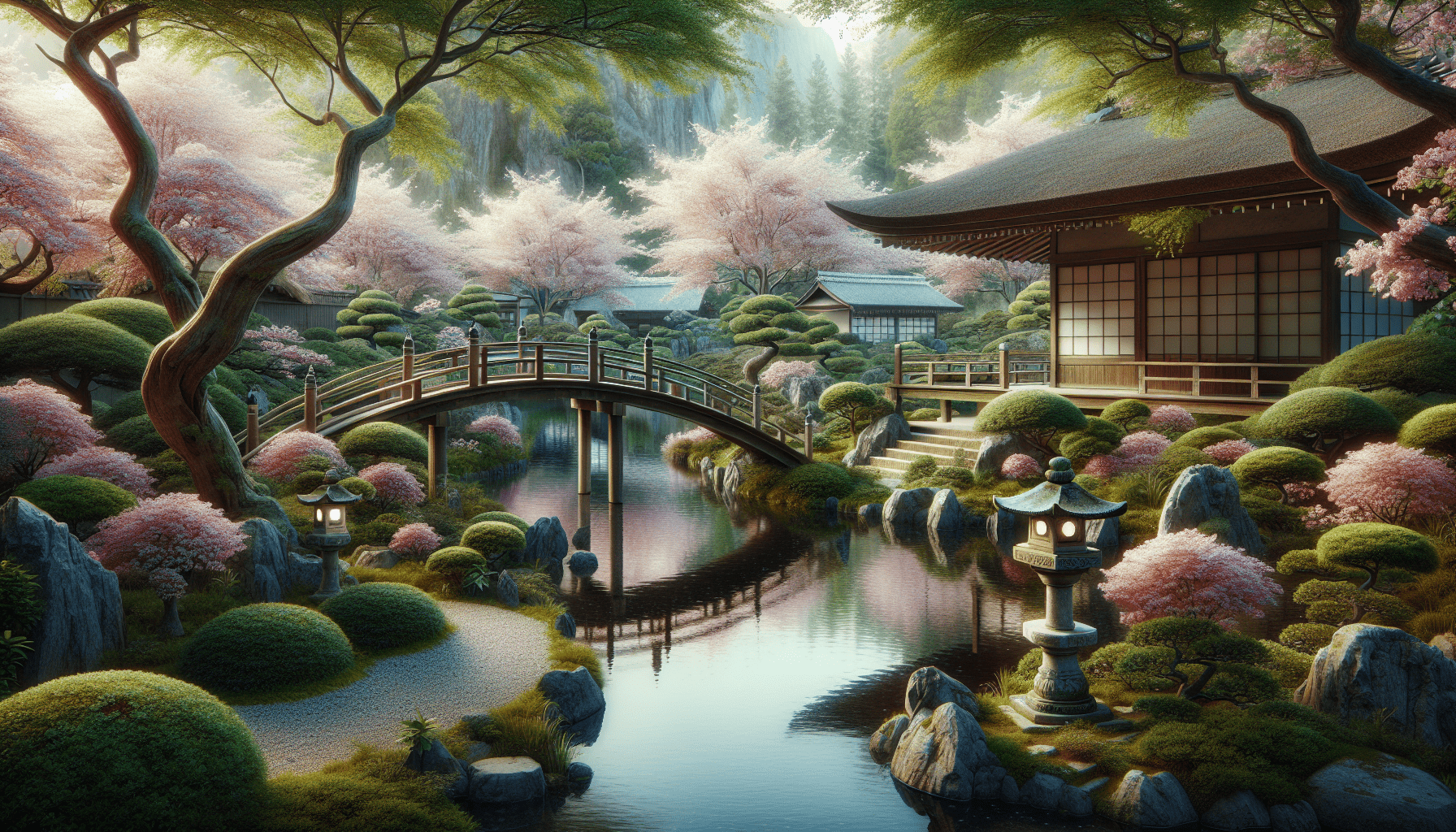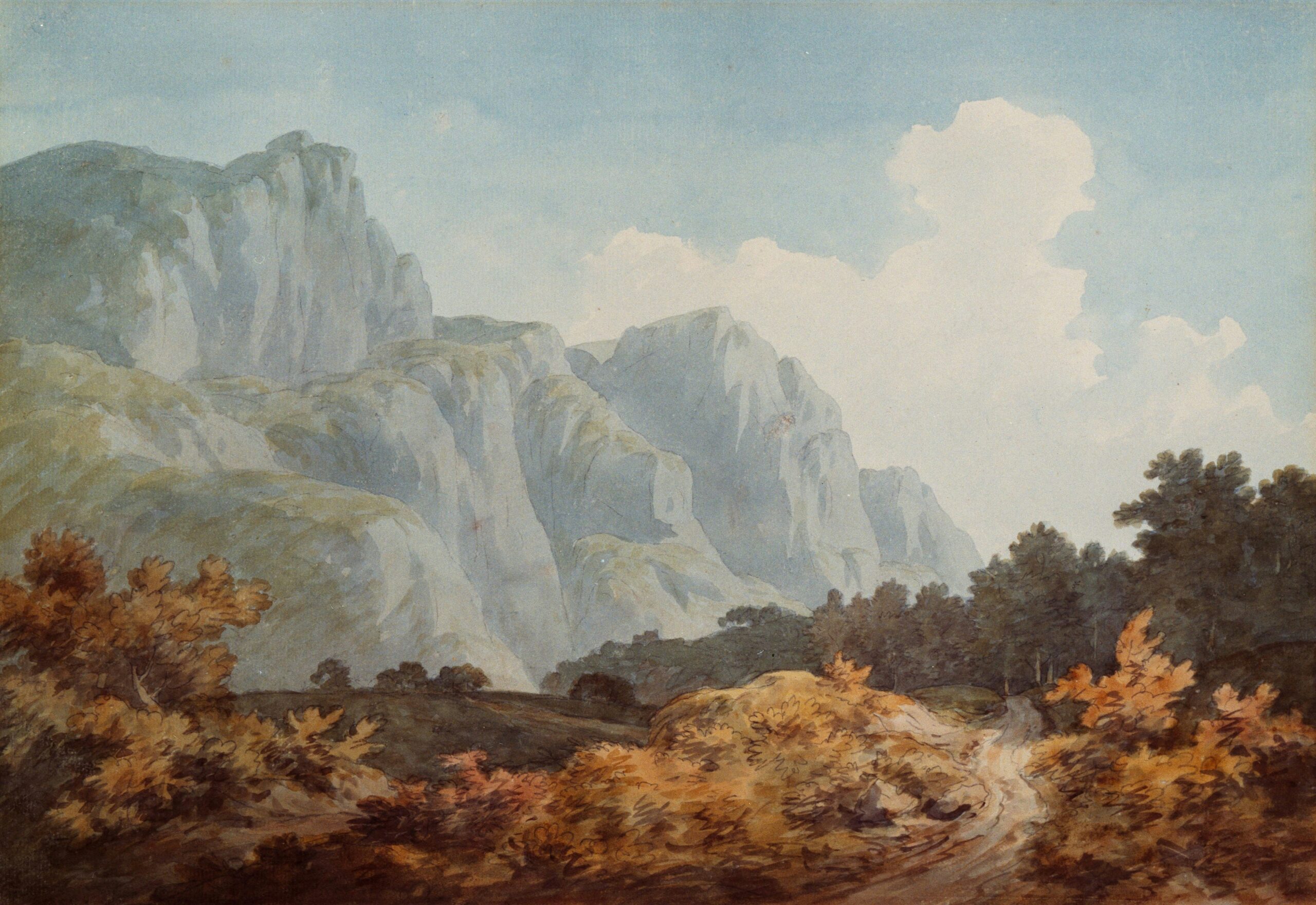Veken 8 Set Packing Cubes for Travel Essentials, Suitcase Organizer Bags Set for Luggage, Road Trip Travel Accessories in 4 Sizes (Extra Large, Large, Medium, Small), Black
$19.99 (as of March 10, 2025 20:59 GMT +00:00 - More info)Nestled in the heart of San Francisco, the Japanese Tea Garden offers a serene escape that blends sightseeing with the unique charm of Japan’s traditional tea culture. As you meander through its meticulously landscaped paths, filled with exotic plants and historic structures, you’ll discover why this spot is a must-visit. Whether you’re a local or just in town for a quick tour, this garden provides not only a tranquil retreat but also an educational journey into the world of tea. With this guide, you’ll get insider tips and little-known facts to make your visit truly unforgettable. Don’t forget to jot down the garden’s address, check their website for the latest updates on operating hours, and maybe even save their contact number in case you have any questions. Now, let’s take a closer look at what makes the Japanese Tea Garden in San Francisco a place worth exploring.
History of Japanese Tea Gardens
Origins and influences
Japanese tea gardens, or chaniwa, have a longstanding history steeped in tradition and beauty. The origins can be traced back to Japan’s Heian period, where these gardens started to embody the aesthetic values of Japanese culture. But, it wasn’t just about beauty. The design of these gardens was closely tied to the Zen Buddhism philosophy, focusing on simplicity, naturalness, and a deep connection with nature. Influenced greatly by the tea ceremony, a ritual of serving and receiving tea, these gardens were created as a tranquil space where hosts and guests could commune with nature and each other, fostering a contemplative environment.
Introduction to the West, particularly in San Francisco
Your fascination with Japanese tea gardens might deepen when you learn about their introduction to the Western world. The story finds a notable chapter in San Francisco, home to the oldest public Japanese tea garden in the United States. This beautiful garden was initially developed as a Japanese village exhibit for the 1894 California Midwinter International Exposition. Following the exposition’s conclusion, landscape architect Makoto Hagiwara transformed the exhibit into a permanent Japanese-style garden, thus introducing the West to a pivotal aspect of Japanese culture.
Evolution over the years
Over the years, the Japanese tea garden in San Francisco, along with others around the world, has evolved. Initially focused on the traditional aspects of a tea garden, including the tea ceremony, these gardens have broadened their appeal. They’ve become spaces for cultural exchange and understanding, integrating elements of local flora and modern design with traditional Japanese garden principles. This evolution reflects a blend of cultures and the universal human appreciation for nature’s beauty.
Cultural significance
The cultural significance of Japanese tea gardens extends beyond their physical beauty. They represent a harmony between nature and human craftsmanship, embodying principles of Zen Buddhism and the tea ceremony’s spiritual ethos. These gardens are a living symbol of peace, tranquility, and reflection, inviting you into a world where time slows down and the mind can wander freely.
Design Elements of Japanese Tea Gardens
Koi ponds and their symbolism
One of the most enchanting elements you’ll notice in Japanese tea gardens is the koi pond. Symbolizing good luck, prosperity, and perseverance due to the koi’s ability to swim upstream, these ponds add a vibrant life force to the garden. The gentle movement of koi, paired with the calming sounds of water, creates a serene atmosphere, encouraging introspection and peace.
Stone lanterns and water basins
Stone lanterns and water basins, or tsukubai, are essential elements in these gardens, originally serving practical purposes for the tea ceremony. The stone lanterns provide subtle lighting, enhancing the garden’s beauty and mystery, especially in the evening. Water basins, used for ritual cleansing before participating in the tea ceremony, symbolize purification and are often intricately designed, adding to the overall aesthetic of the garden.
Bridges and pathways
Bridges and pathways in Japanese tea gardens serve both functional and symbolic purposes. They guide visitors through the garden, creating a journey that encourages reflection and discovery. Bridges, often elegantly arched, symbolize the transition from the physical to the spiritual world. The winding paths encourage you to slow down, contemplating each step and the beauty that surrounds you.
Flora and fauna typical to these gardens
The choice of flora and fauna in Japanese tea gardens is deliberate, each plant and animal playing a role in the garden’s overall harmony. Native Japanese plants like cherry blossoms, azaleas, and maple trees are commonly featured, each reflecting the change of seasons with their blossoms and foliage. The gardens also often include mosses and ferns, adding textures and layers to the landscape, inviting you to appreciate the subtle diversities of green.

San Francisco Japanese Tea Garden
Brief history
The San Francisco Japanese Tea Garden stands as a testament to the enduring legacy of Japanese-American culture in the United States. As mentioned earlier, born out of the 1894 California Midwinter International Exposition, it was nurtured and expanded by Makoto Hagiwara, laying down its deep roots in San Francisco’s cultural landscape. Despite encountering challenges during World War II, the garden has flourished over the years, continuously evolving and enchanting visitors from around the world.
Address, contact information, and operating hours
Nestled within the heart of San Francisco’s Golden Gate Park, the Japanese Tea Garden beckons. You can visit at 75 Hagiwara Tea Garden Drive, San Francisco, CA 94118. For the most current information on operating hours and to ensure you have the latest updates, consider giving them a call at (415) 752-4227.
Main attractions within the garden
Within the Japanese Tea Garden, you’re invited to explore a world of beauty. Key attractions include the iconic Drum Bridge, the Tea House, and the Zen Garden. Each offers a unique perspective on Japanese culture and garden design, inviting you into a tranquil world of contemplation and aesthetic pleasure.
Best times to visit
The charm of the Japanese Tea Garden varies with the seasons, making any time a good time to visit. However, spring and fall present a particularly mesmerizing display when cherry blossoms and maple leaves spectacularly paint the garden. Early mornings offer a serene experience, while late afternoons provide soft, magical lighting for your visit.
Tea Ceremony (Chanoyu)
Historical background
The tea ceremony, or chanoyu, is a ritualistic preparation and serving of matcha, powdered green tea, rooted in Zen Buddhism. Originating in the 15th century, the ceremony emphasizes mindfulness, respect, purity, and tranquility, mirroring the philosophical underpinnings of the Japanese tea garden itself.
Elements of the tea ceremony
This ceremony involves careful preparation and presentation, with specific utensils used in making and serving the tea. The host meticulously cleans each utensil, prepares the tea in a ceremonial bowl, and serves it to guests, embodying a ritual of hospitality and sharing. The setting, often a tea house within the garden, and the symbiotic relationship between host and guest, underscore the ceremony’s deep cultural significance.
How to participate in a ceremony at the garden
To participate in a tea ceremony at the San Francisco Japanese Tea Garden, keep an eye on their event calendar or inquire directly at the Tea House. Whether you’re an observer or an active participant, the experience promises a profound sense of peace and understanding of Japanese culture.
Significance of the ceremony in Japanese culture
The tea ceremony is more than a cultural tradition; it’s a spiritual journey and a philosophical practice that invites participants to find beauty in simplicity, to connect with others in a meaningful way, and to practice mindfulness. It embodies the essence of Japanese aesthetics and Zen principles, making it a pivotal cultural heritage.

Cultural Events
List of annual events held in the garden
Beyond its tranquil beauty, the Japanese Tea Garden serves as a vibrant cultural hub, hosting annual events that celebrate Japanese culture and tradition. These include the Cherry Blossom Festival in spring, the Summer Obon Festival, and other cultural demonstrations throughout the year.
Cherry Blossom Festival
The Cherry Blossom Festival is a captivating event that celebrates the beauty of cherry blossoms, a symbol of the fleeting nature of life. This festival features traditional music, dance performances, and tea ceremonies, creating a vibrant atmosphere that draws visitors into the heart of Japanese culture.
Summer Obon Festival
The Summer Obon Festival is a joyful celebration in honor of ancestors’ spirits. It includes traditional music, dance (Bon Odori), and food, offering a unique opportunity to experience Japanese cultural traditions and community spirit.
Tips for attending these events
If you’re planning to attend these events, arrive early to get a good spot for performances and ceremonies. Consider wearing comfortable shoes, as you’ll likely be on your feet, exploring the garden’s attractions. Lastly, be respectful of the cultural significance of these events, embracing the opportunity to learn and participate.
Garden Architecture
Influence of Zen Buddhism
The architecture of Japanese tea gardens is profoundly influenced by Zen Buddhism, emphasizing simplicity, naturalness, and a meditative atmosphere. This influence is evident in the garden’s minimalist design, where every element is thoughtfully placed to achieve balance and harmony, inviting contemplation and inner peace.
The importance of minimalism and asymmetry
Minimalism and asymmetry are key principles in the garden’s design. These principles challenge the viewer’s perspective, encouraging a deeper engagement with the garden’s elements and the natural world. By embracing imperfection and simplicity, the garden’s design reflects the beauty of the natural, untamed world.
Integration of indoor and outdoor spaces
One of the most striking aspects of Japanese tea garden architecture is the seamless integration of indoor and outdoor spaces. This design philosophy blurs the lines between the built environment and the natural landscape, allowing you to experience the garden’s beauty from multiple perspectives and in all weather conditions.
Examples within the San Francisco garden
Within the San Francisco Japanese Tea Garden, you can see these architectural principles in action. The Tea House, with its open design, invites the garden inside, offering panoramic views while you enjoy tea. The careful placement of pathways, bridges, and stone lanterns guide you through the garden, creating a dialogue between the architectural elements and the natural landscape.

Photography in the Garden
Popular spots for photography
The Japanese Tea Garden offers countless opportunities for photography enthusiasts. The Drum Bridge, with its unique curvature, provides a stunning backdrop, especially when framed by cherry blossoms or autumn leaves. The Tea House and Zen Garden also offer compelling subjects, capturing the essence of tranquility and harmony.
Photography etiquette
When photographing in the garden, it’s important to be mindful of others and the environment. Avoid blocking pathways, and be respectful of those participating in ceremonies or seeking solitude. Use the opportunity to practice mindful photography, fully engaging with your surroundings to capture the garden’s essence.
Best times for photography lighting
For the best photography lighting, aim for early morning or late afternoon when the sunlight is soft and diffused. This golden hour light accentuates the garden’s textures and colors, adding depth and drama to your photographs.
Tips for capturing the garden’s essence
To truly capture the garden’s essence, focus on the details— the texture of the moss, the flow of the water, the play of light and shadow. Experiment with different perspectives, and allow yourself to be present in the moment, fully experiencing the garden’s beauty through your lens.
Plant Life
Native and exotic plants featured
The Japanese Tea Garden showcases a blend of native and exotic plants, carefully selected to enhance the garden’s aesthetic and symbolic significance. From the iconic cherry trees to rare maples, each plant contributes to the garden’s seasonal narratives, offering a dynamic display of color and form throughout the year.
Seasonal changes and their visual impact
The garden’s plant life is a living canvas that transforms with the seasons. Spring brings a burst of cherry blossoms, followed by the lush greenery of summer. Autumn paints the garden in vibrant hues of red and gold, while winter reveals the sculptural beauty of bare branches against the landscape.
Conservation efforts
In maintaining its diverse plant collection, the garden undertakes significant conservation efforts. This includes sustainable gardening practices, such as composting and eco-friendly pest management, ensuring the health and vitality of the garden’s ecosystem.
Guided tours for plant enthusiasts
For those interested in learning more about the garden’s plant life, guided tours are available. These tours offer insights into the cultivation and care of the plants, as well as their symbolic meanings within Japanese culture.

Visitor Information
Admission fees and membership options
To ensure the garden’s upkeep and continued growth, an admission fee is charged. Membership options are also available, offering unlimited visits and supporting the garden’s conservation efforts. For the latest information on admission fees and membership benefits, it’s best to contact the garden directly.
Accessibility and facilities
The Japanese Tea Garden is committed to accessibility, ensuring all visitors can enjoy its beauty. Most pathways and attractions are wheelchair accessible, and there are restroom facilities available on-site. However, it’s advisable to check ahead for any specific accessibility concerns.
Nearby attractions and eateries
After visiting the garden, explore the surrounding area of Golden Gate Park, which is home to other attractions like the de Young Museum and the California Academy of Sciences. For dining, the Tea House within the garden offers traditional Japanese refreshments, while nearby neighborhoods offer a wide range of eateries.
Gift shop offerings
Don’t forget to visit the gift shop, where you can find a selection of Japanese tea, ceramics, and garden-inspired souvenirs. These items offer a beautiful way to remember your visit and bring a piece of the garden’s tranquility into your home.
Conservation and Sustainability
Efforts to maintain ecological balance
The Japanese Tea Garden prioritizes efforts to maintain an ecological balance, integrating sustainable practices into daily operations. This includes water conservation, the use of organic materials, and the preservation of native plant species, ensuring the garden remains a thriving habitat for local wildlife.
Sustainable practices implemented in garden maintenance
Sustainable gardening practices are at the heart of the garden’s maintenance. Composting, mulching, and the selective use of natural pest control methods help to minimize environmental impact while maintaining the garden’s aesthetic and ecological integrity.
Role of the garden in local biodiversity
The garden plays a critical role in supporting local biodiversity, providing a sanctuary for a variety of bird species, beneficial insects, and aquatic life. This biodiversity not only enriches the garden ecosystem but also educates visitors on the importance of conservation and sustainability.
How visitors can contribute to conservation efforts
Visitors play a vital role in the garden’s conservation efforts. By respecting the garden’s rules, minimizing waste, and supporting the garden through admissions and memberships, you contribute to the preservation of this unique cultural and ecological treasure. Your mindful engagement ensures the garden’s legacy for future generations.







